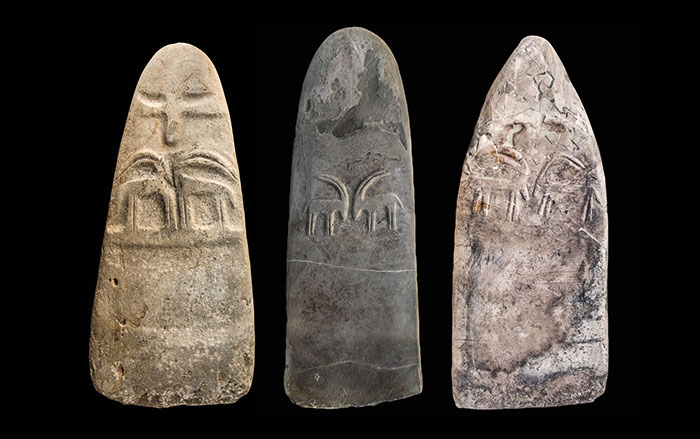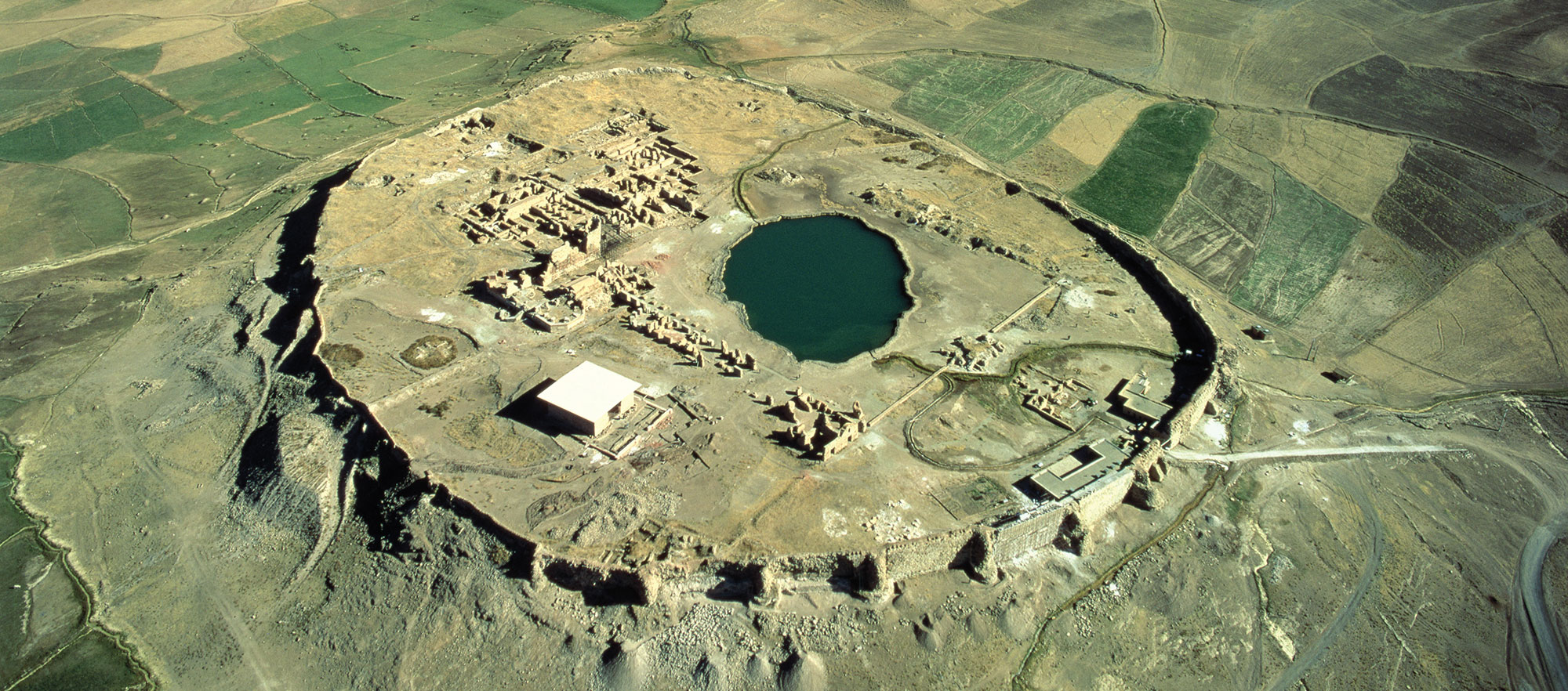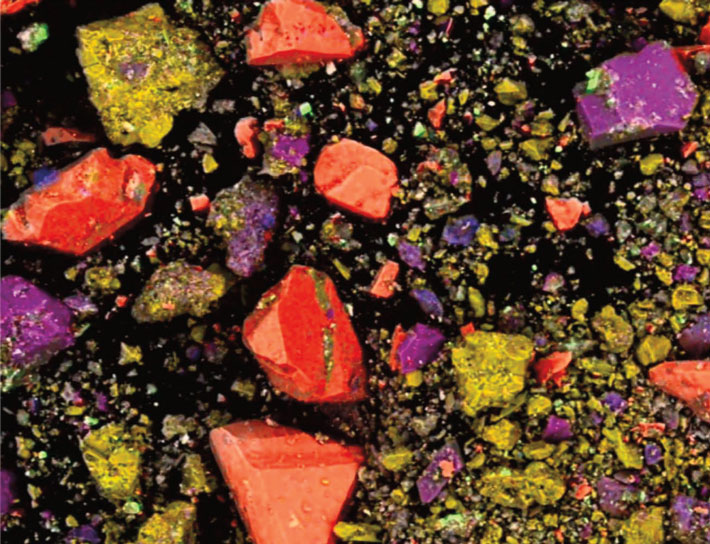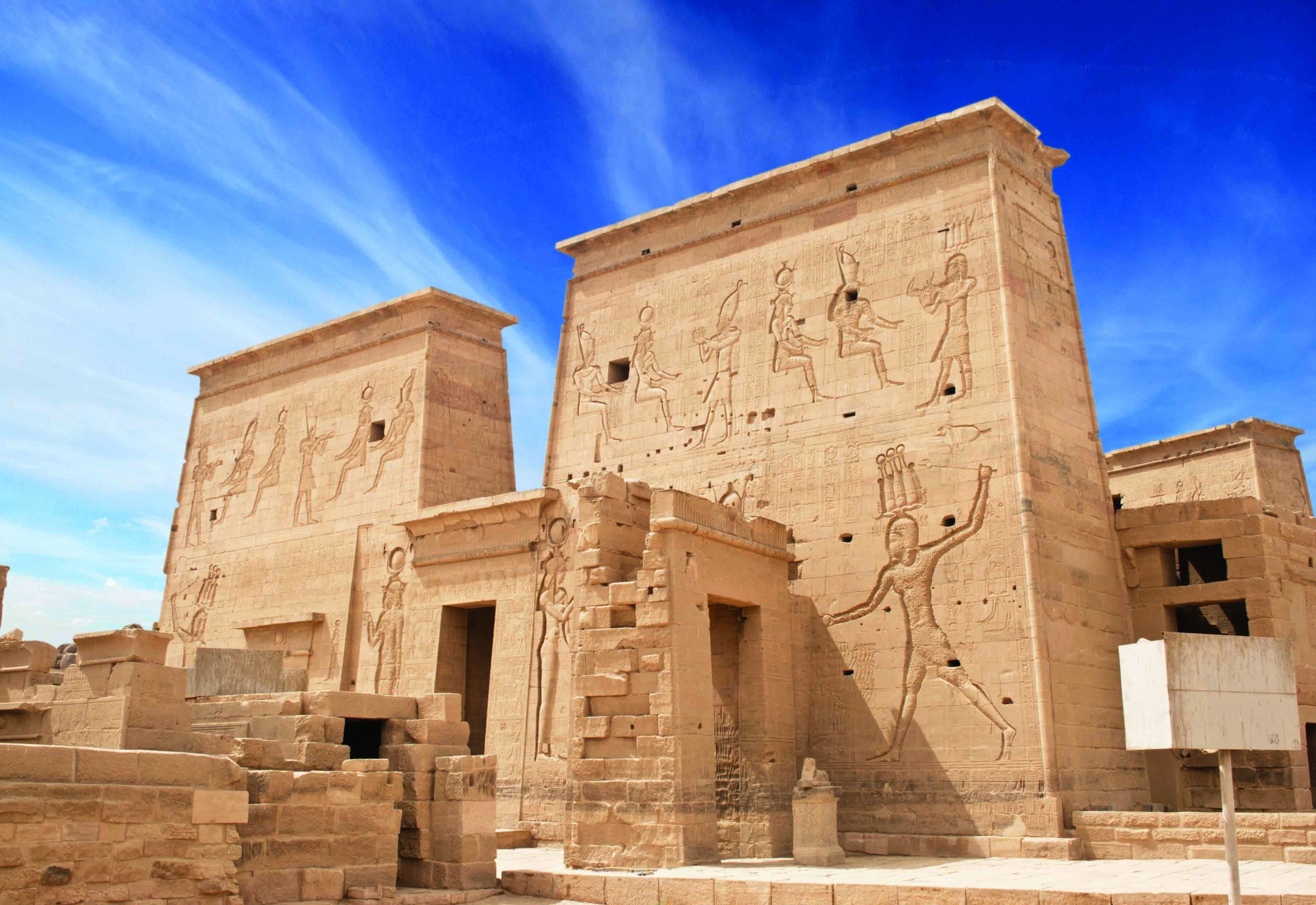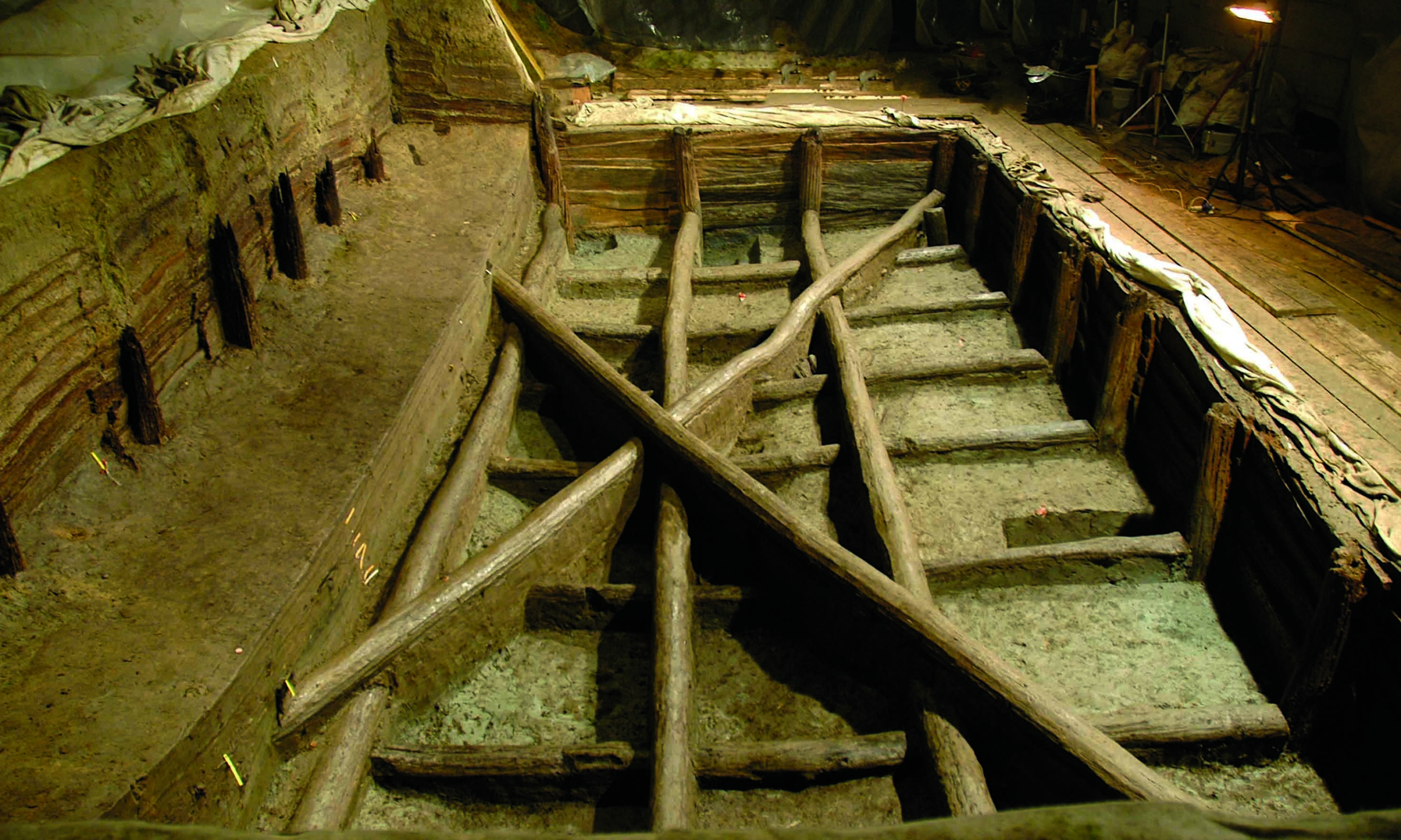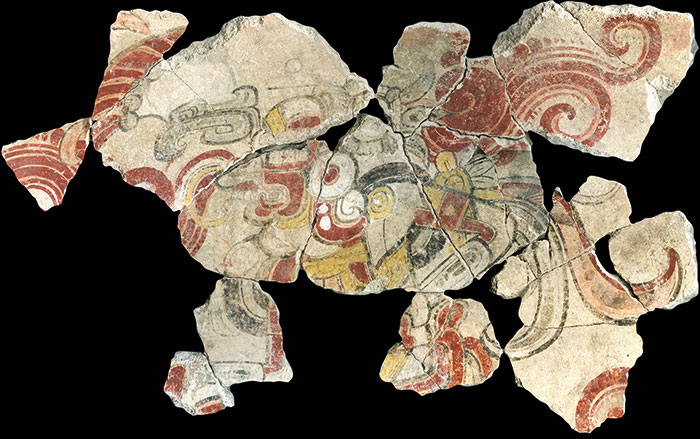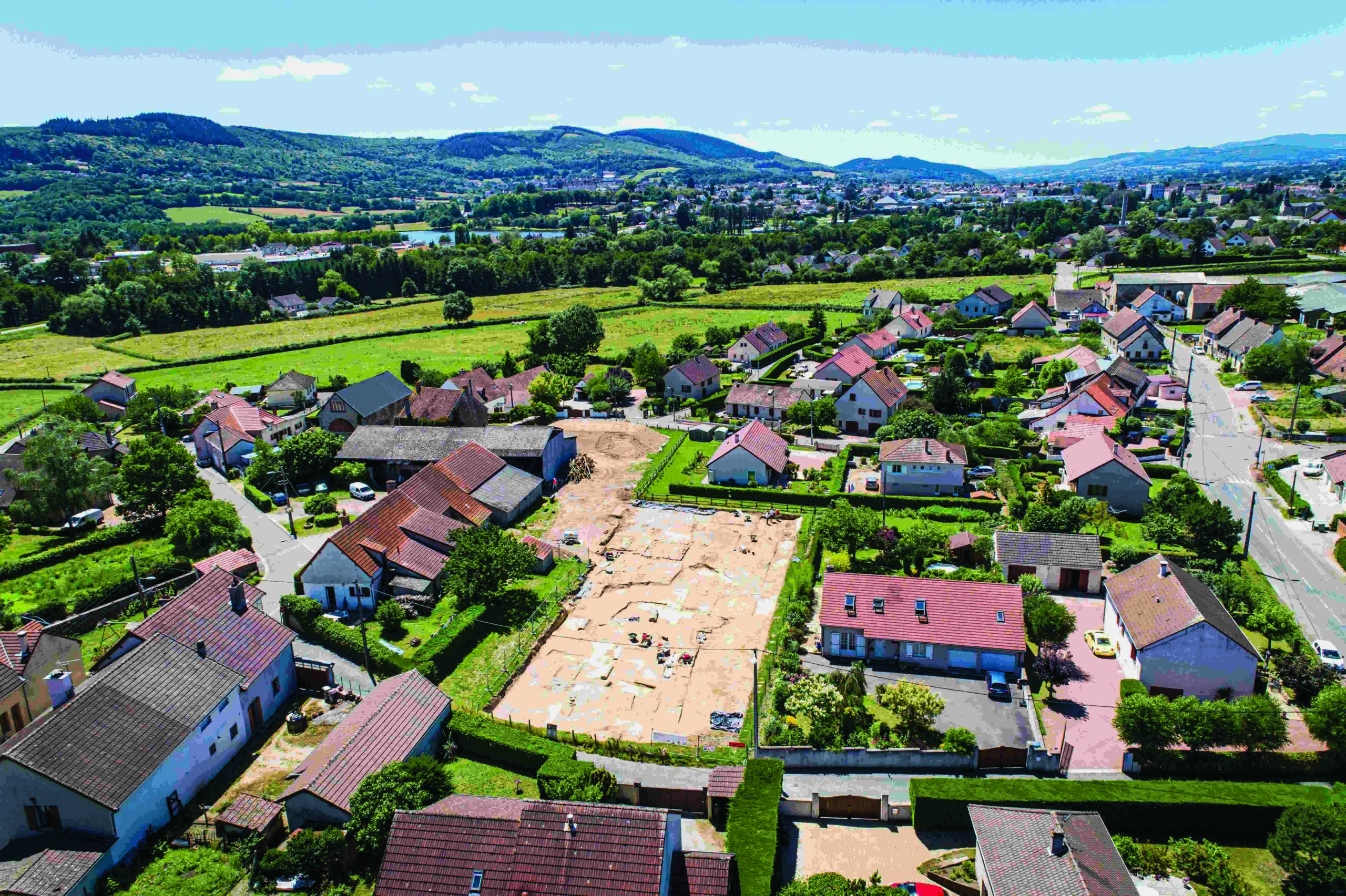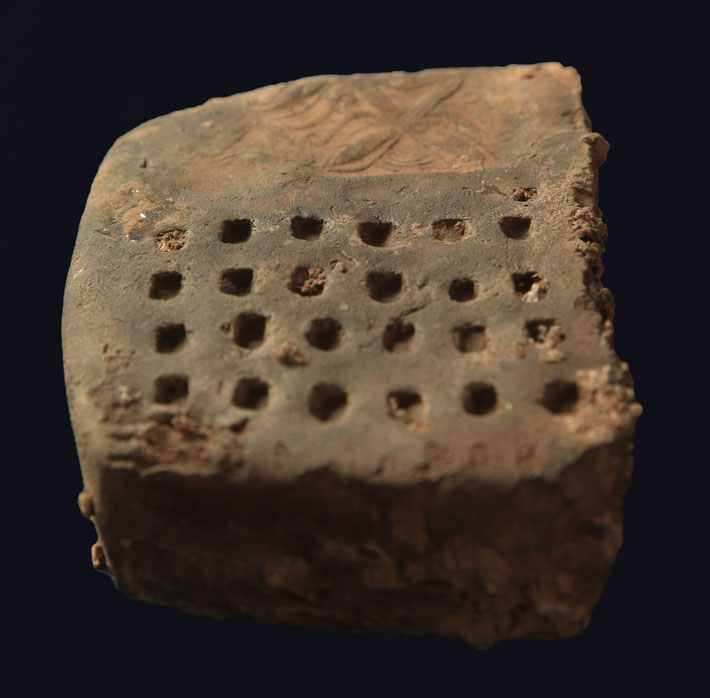
TEHRAN, IRAN—The Tehran Times reports that an Elamite clay tablet measuring about four inches by three inches has been found in Shahr-i-Sokhta, a site also known as the Burnt City, by an international team of researchers. The site, which is so named because it was destroyed by catastrophic fires four different times, is located in southeastern Iran along Bronze Age trade routes and dates back to 3200 B.C. “The clay tablet bears some signs, some of which depict the types and quantity of shipped goods.…It also has signs that are still unfamiliar to us,” said team leader Seyyed Mansour Seyyed Sajjadi. For more on the site, go to "World Roundup: Iran."



